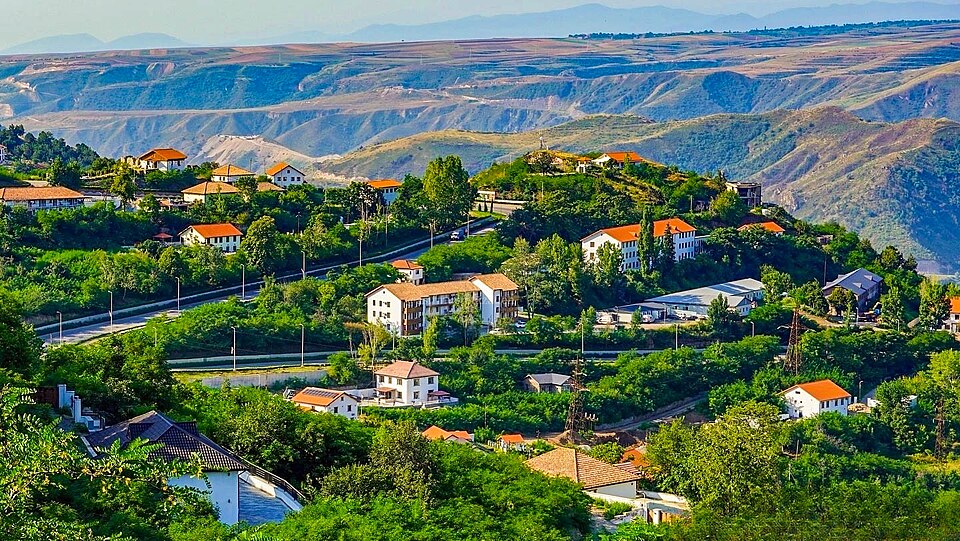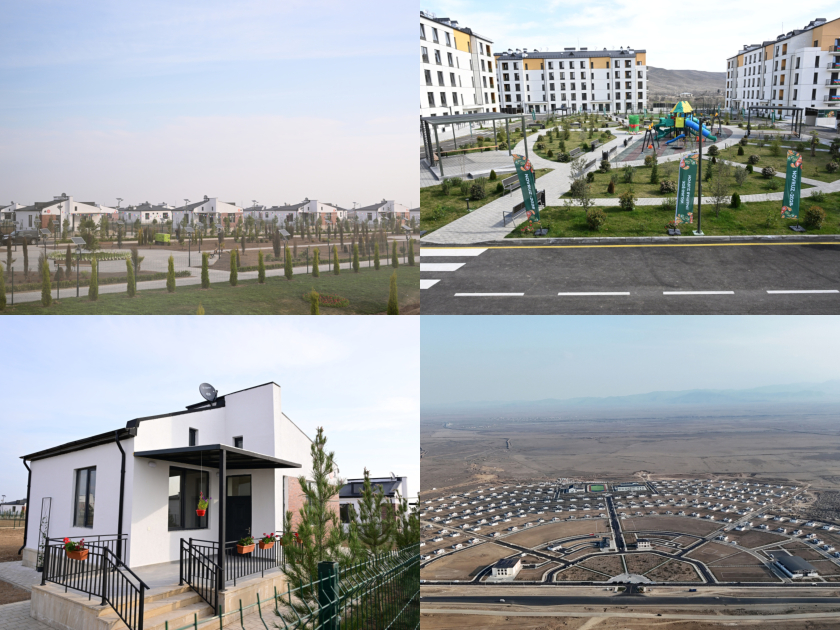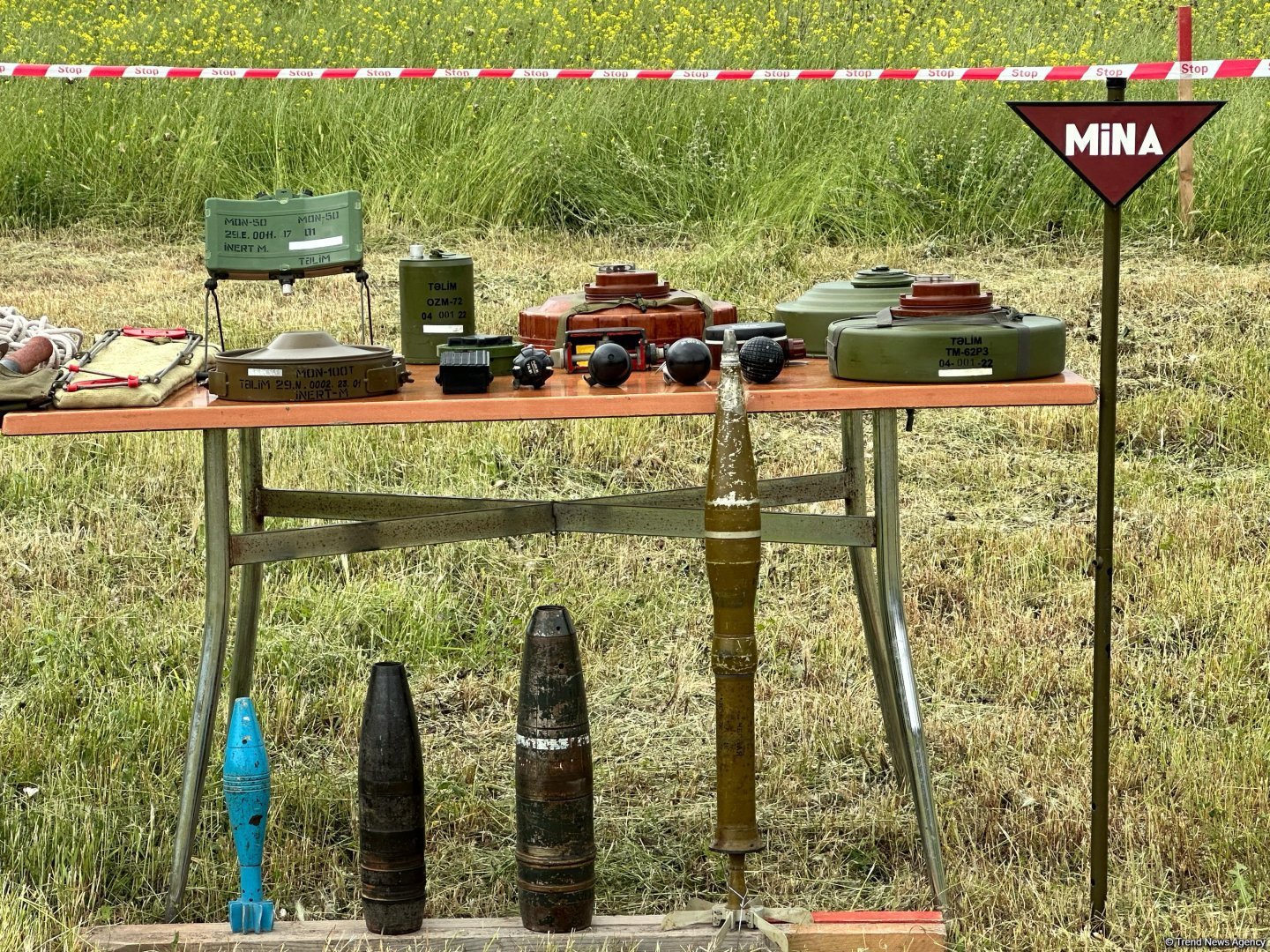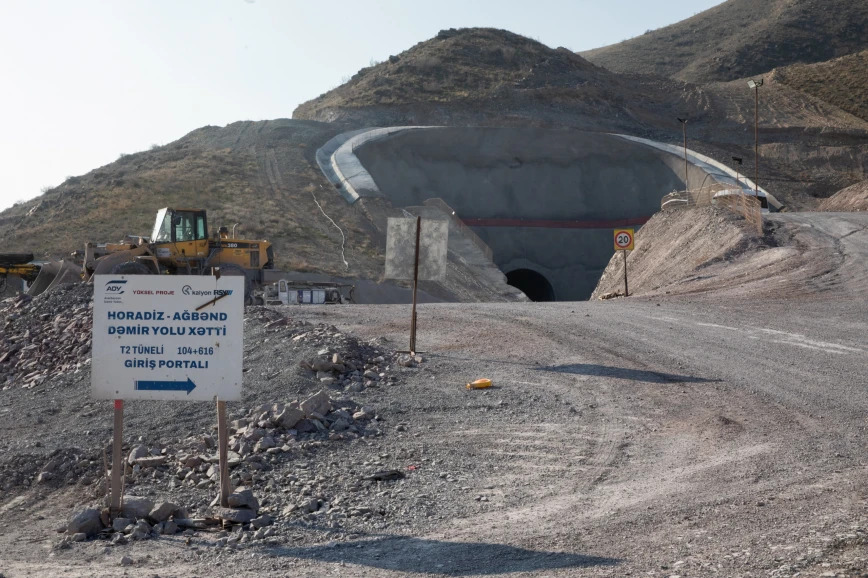BAKU, Azerbaijan, November 20. Since the 2020, 44 days Second Karabakh War, Azerbaijan has embarked on a historic post-conflict reconstruction and reintegration process in the liberated territories of Karabakh and Eastern Zangazur, restoring full sovereignty and establishing a comprehensive development framework. Over the past five years, government priorities have focused on strengthening security, rebuilding infrastructure, facilitating the safe return of displaced persons, and fully integrating the region into the national economy.

This period is characterized by the formation of a new ideological direction within Azerbaijan’s national development strategy, marked by strategic priorities such as the "Great Return," "Smart Village," and "Green Energy Zone." The 2020 war reshaped the balance of power in the South Caucasus, positioning Azerbaijan as the region’s leading military and political actor.

Following the anti-terror measures in September 2023, separatist movements were fully eradicated across Azerbaijan, restoring the country’s constitutional integrity.
In the aftermath of the 44-day Second Karabakh war, Azerbaijan initiated the "Great Return" Program in the liberated territories under the leadership of President Ilham Aliyev. This ambitious initiative stands as the country’s most extensive post-conflict strategic project, aiming not only to fully restore Karabakh and Eastern Zangezur but also to breathe new socio-economic life into the region and ensure the gradual, safe, and dignified return of internally displaced persons to their ancestral homes. The "Great Return" goes beyond mere infrastructure reconstruction; it represents the revival of communities, the recovery of a region long scarred by devastation, and its seamless integration into Azerbaijan’s unified national development model.

Under the framework of the program, extensive construction of roads, bridges, communication networks, water and energy infrastructure, educational institutions, healthcare facilities, and residential complexes is underway, establishing a concrete foundation for sustainable development. Although five years may appear a relatively brief period, the scale of progress achieved in the liberated territories is remarkable, offering a clear demonstration of the country’s strategic vision and resolute commitment.
President Ilham Aliyev has maintained an active role in the post-conflict reconstruction, participating in 569 events across the liberated territories, laying the groundwork for 177 projects, and inaugurating 167 facilities and infrastructure initiatives. The integrated approach of the “Great Return” Program has already yielded substantive outcomes: the “General Plan of the Liberated Territories,” Master Plans for eight cities, and Detailed Plans for three cities have been formally approved, while Master Plans for Khankendi, Khojaly, Aghdara, and Khojavend are currently under development.
A critical prerequisite for the success of the “Great Return” Program is the comprehensive clearance of mines and unexploded ordnance. These hazards not only present a direct threat to human life but have historically impeded reconstruction, economic development, and the safe return of internally displaced persons. Recognizing this, the Azerbaijani government initiated demining operations immediately following the cessation of hostilities.
Over the past five years, coordinated efforts by state agencies and local enterprises in Karabakh and Eastern Zangezur have successfully cleared more than 240,000 hectares of land from mines and unexploded ordnance. This monumental achievement has established the legal and technical framework necessary to expedite regional restoration and reconstruction, laying the groundwork for the “Great Return” to transform the liberated territories into thriving, fully integrated communities.

Over the past five years, the liberated territories have witnessed remarkable infrastructure development. Three international airports have been put into operation, while highway projects spanning over 3,502 kilometers have seen significant progress, with 16 projects fully completed and 1 partially implemented. The Agdam Railway and Bus Station Complex has been inaugurated, and excavation work on 28 tunnels, along with the construction of 392 bridges and 9 viaducts, has been finalized. In the railway sector, 42 of 49 planned bridges have been completed, with 3 already in operation.
The energy and utilities network has been substantially strengthened: 38 hydroelectric power stations, 4 reservoirs, 14 electrical substations, 6 main gas pipelines, and over 1,000 kilometers of high-voltage power lines have been completed, delivering gas to 8 cities, 20 villages, and 1 settlement. The social infrastructure has also been revitalized, with 1 hospital, 19 general schools, and 7 preschool institutions opened, alongside the launch of Karabakh University in Khankendi.
The rapid economic revival of Karabakh and Eastern Zangezur stands as one of Azerbaijan’s most critical strategic objectives. Transforming territories devastated for nearly 30 years into thriving hubs in such a short span reflects the state’s carefully planned, consistent, and multi-dimensional approach to post-conflict reconstruction.
The economic revival of the liberated Karabakh and Eastern Zangezur regions stands as one of Azerbaijan’s most critical strategic priorities. Transforming territories that endured nearly 30 years of devastation and plunder into thriving centers of growth in such a short span reflects the state’s carefully planned, consistent, and multi-dimensional approach to post-conflict reconstruction.
Central to this revival are the "Araz Valley Economic Zone" industrial parks in the Aghdam and Jabrayil districts. These parks have become engines of economic activity, with 50 enterprises registered as residents and 7 as non-residents. Through projects totaling 454 million manat ($267 million), 185 million manat ($108.8 million) have already been invested, generating 1,057 new jobs. Residents of the parks have produced goods valued at 949.4 million manat ($558.3 million), with 39.5 million manat ($23.2 million) worth of products exported from the Aghdam Industrial Park alone.

The revival of these territories goes beyond mere physical reconstruction. It represents the creation of a new economic model, the reintegration of the region into Azerbaijan’s national economy, and the realization of long-term sustainable development goals, laying the foundation for lasting prosperity.
The impact of the work undertaken in the liberated territories is already tangible. With over 62,000 people now living in the region, including employees in state and private sectors, students, and professionals across diverse fields, the socio-economic revival is clearly visible and steadily taking root.

The construction of both road and railway networks in the Zangezur Corridor underscores the strategic significance of this region. Key projects such as the Aghband-Kalala bridge over the Araz River, the Horadiz-Aghband road connection to Iran, and the development of modern customs infrastructure demonstrate that this corridor will shape not only Azerbaijan’s internal economic growth but also the broader geopolitical and trade dynamics of the region. Its formation positions the country to capitalize on new global transit opportunities.
In essence, the restoration and development initiatives in Karabakh and Eastearn Zangezur showcase Azerbaijan’s strategic vision and its long-term commitment to national development, reinforcing the state’s resolve to integrate these regions into a sustainable, prosperous future.







